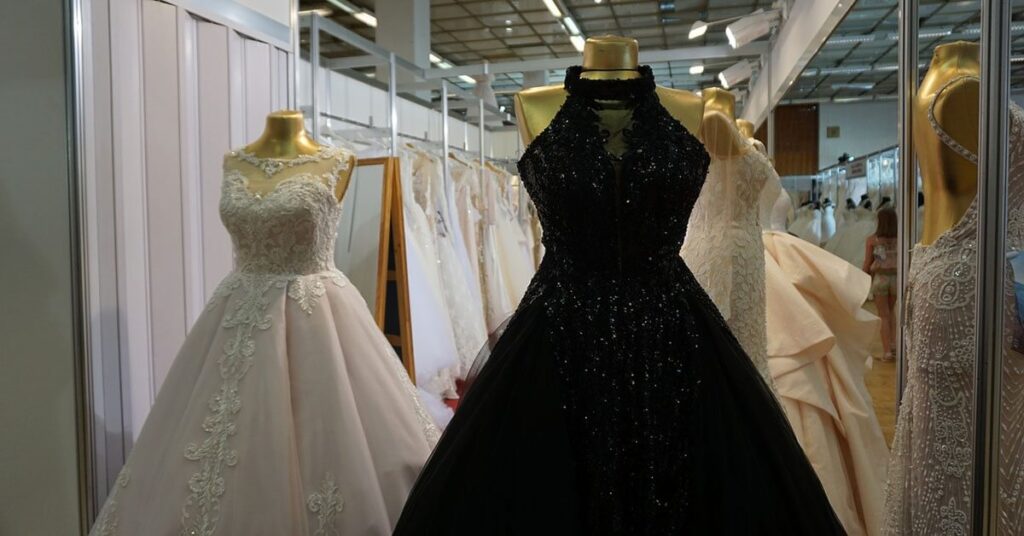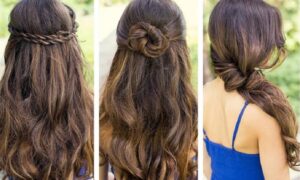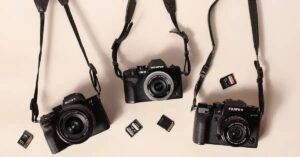Your Ultimate Guide to Wedding Gown Styles
Wedding gown styles have evolved significantly over the decades, each era bringing its unique charm and elegance. From vintage glamour to modern pink color wedding gown , brides have a plethora of options to choose from. Let’s take a closer look at the wedding gown styles that have defined each era and continue to inspire brides today.
Vintage Wedding Dresses: Style & Inspiration throughout the Decades
Understanding how wedding gown sewing patterns and styles that have fluctuated over time can give us insights into current trends. Here’s a brief history tour of wedding fashion styles throughout the decades, highlighting each era’s key features.
-
Victorian Era (1837-1901): The Emergence of White Dresses & Full Skirts
The Victorian era, influenced heavily by Queen Victoria’s wedding in 1840, marked the beginning of white wedding dresses as a symbol of purity and wealth. Victorian wedding gowns often featured full skirts, high necklines, and intricate lace or embroidery. The style emphasized a fitted bodice with a pointed waist, creating a flattering silhouette. Victorian wedding gowns remain popular for their timeless elegance and romantic appeal.
-
Edwardian Era (1901-1910)
Edwardian wedding dresses were characterized by their flowing lines, loose bodices, and high waistlines. Influenced by the Art Nouveau movement, these gowns often featured delicate fabrics such as silk or chiffon, with lace and embroidery embellishments. The women’s suffrage movement also played a role, as brides opted for more practical and comfortable styles, often shorter than their predecessors.
-
1920s
The 1920s brought about dramatic changes with the influence of the Art Deco movement. Wedding gowns featured geometric shapes, bold lines, and ornate embellishments. These gowns were typically shorter, with dropped waistlines and low necklines. The flapper style embraced a sense of liberation, moving away from traditional restraints and introducing a new era of bridal fashion.
-
1930s
1930s wedding gowns were known for their bias-cut silhouettes, creating a figure-hugging fit. They often featured high necklines, long sleeves, and luxurious fabrics such as satin or silk. This era emphasized elegance and sophistication, with gowns that flowed gracefully along the body.
-
1940s
In the 1940s, wedding gowns often had fitted bodices and full skirts, sometimes incorporating military-inspired elements like belted wedding gowns designs, one shoulder wedding gown and shoulder pads. These gowns might feature bateau necklines, lace, or beaded detailing, embodying practicality and elegance. A 40s wedding gown captures the resilience and beauty of this era.
-
1950s
The 1950s embraced traditional feminine styles, with wedding gowns featuring full skirts, fitted bodices, and sweetheart necklines. Layers of tulle and lace created dramatic effects. Tea-length gowns became popular, offering a playful and youthful look. This form of wedding gowns are favorite for bride who want to have a fairy tale look.
-
1960s
The 1960s brought simplicity and minimalism with sleek lines and clean silhouettes. Hemlines were shortened further, introducing mod and babydoll styles. Gowns were elegant and modern, often with minimal ornamentation. The decade’s focus on simplicity allowed experimentation with unique cuts and designs.
-
1970s
The 1970s celebrated individuality and experimentation. Wedding gowns from this era often featured unconventional fabrics, colors, and silhouettes. Intricate lace was a popular choice, reflecting a bohemian influence. Brides embraced unique styles, from flowing hippie dresses to dramatic cape for wedding gowns.
-
1980s
The 1980s, influenced by Princess Diana’s iconic wedding dress, saw the rise of dramatic styles with big bows and puffy sleeves. These bold and extravagant gowns reflected the decade’s focus on luxury. Despite their exaggerated designs, elements of 1980s fashion are making a comeback in modern bridal wear.
Vintage-style wedding dresses offer a glimpse into the trends and characteristics of past eras, allowing brides to choose a style that resonates with their personality. Whether you’re drawn to the intricate details of a Victorian wedding gown or the simplicity of a 1960s dress, the key is to find a style that makes you feel confident and beautiful on your special day.
Whether you prefer the timeless allure of a vintage wedding gown lavender or bateau neck wedding gown, the fresh elegance of a modern romance style, your wedding dress should reflect your unique personality and story. From Gothic wedding gowns to slip wedding gowns, the endless options allow you to find the perfect gown for your special day.
Frequently Asked Questions FAQs about Wedding Gown Styles: From Vintage Glamour to Modern Romance
1. What are the key features of vintage glamour wedding gowns?
Vintage glamour wedding gowns often include intricate lace details, beading, and embroidery. These dresses may feature silhouettes such as mermaid, sheath, or princess ball gown wedding dresses, often with dramatic elements like long trains or cathedral veils. Fabrics such as silk, tulle, and satin are the most common chooses that create amazing elegant look with timeless process.
2. How can I incorporate modern elements into a vintage-style wedding gown?
To blend modern elements with a vintage-style wedding gown, consider adding contemporary touches like minimalist design details, unexpected color accents, or unique necklines. Mix modern fabrics such as crepe or organza with classic lace or beading. A chic belt or statement jewelry are accessories that may further increase the contemporary of appeals.
3. What silhouettes are popular for modern romance wedding gowns?
Fit-&-flare, trumpet silhouettes, or A-line are features under modern wedding gowns. These wedding gown sewing patterns and styles are known for their flattering and feminine shapes, emphasizing natural curves. Flowing skirts, off-the-shoulder necklines, and illusion details are popular, creating a soft and dreamy aesthetic.
4. How do I choose the right wedding gown style for my body type?
To choose the right wedding gown style for your body type, consider the silhouettes that highlight your best features. For instance, A-line gowns are versatile and suit most body types, while mermaid or trumpet styles are great for accentuating curves. Empire waist dresses can elongate the body, and ball gowns can create a balanced look for those with full busts or hips. It’s essential to try on different styles to see what makes you feel most confident and comfortable.
5. What are some tips for accessorizing a vintage or modern wedding gown?
Consider accessorizing with heirloom jewelry, vintage-inspired hairpieces, or a classic veil for a vintage wedding gown. Pearls and lace gloves can add a touch of old-world charm. For a modern gown, opt for sleek and minimalistic accessories, such as a statement necklace, bold earrings, or a contemporary hairpin. Shoes and clutches with metallic or jewel-tone accents can complement a modern bridal look.









